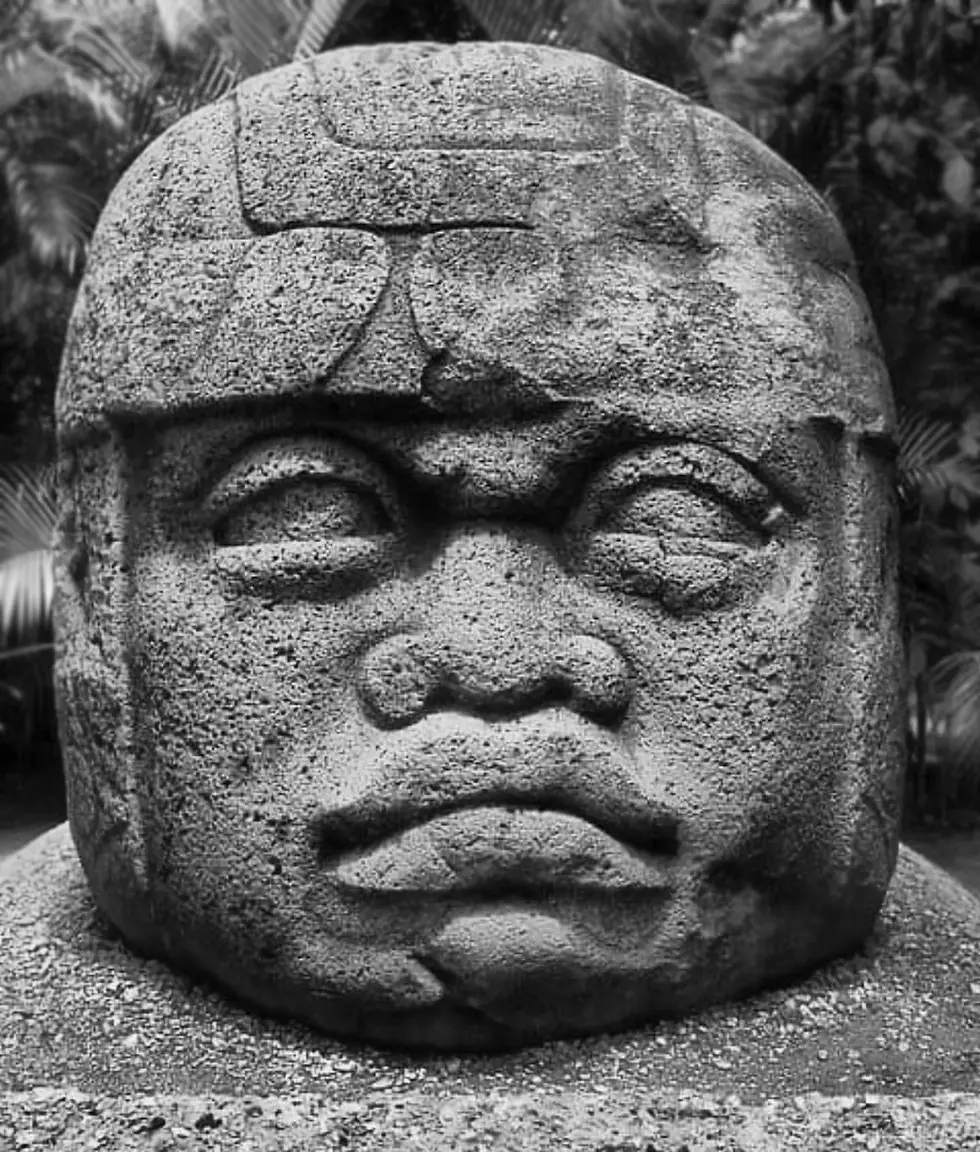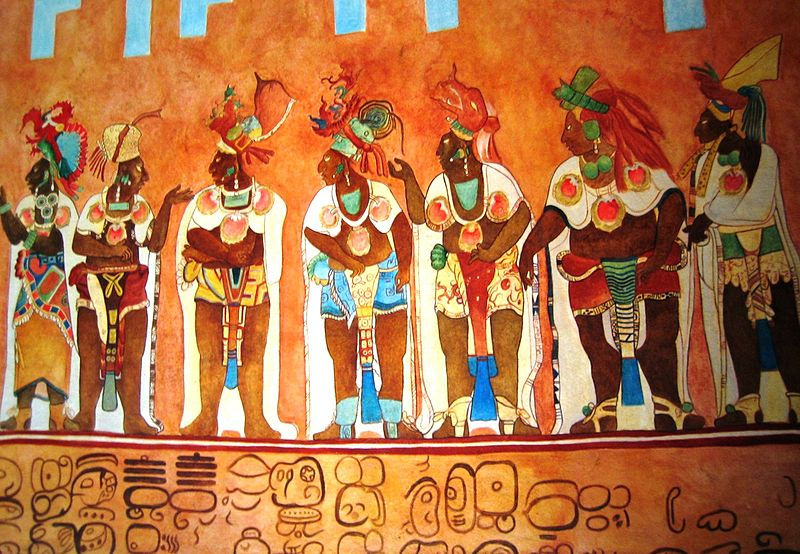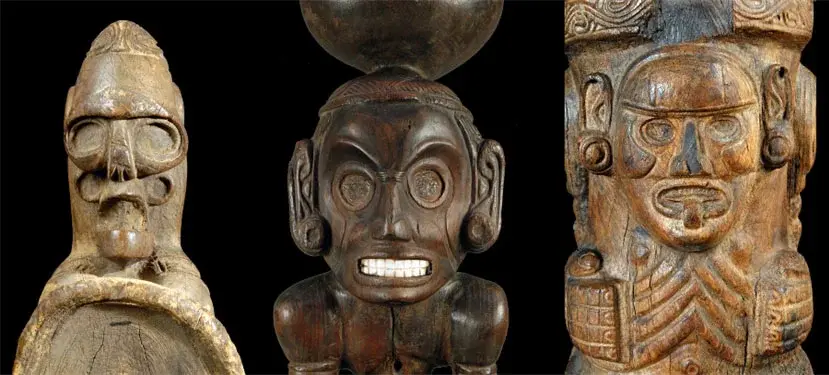Taíno Shell and Stone Jewelry: The Connection Between Ocean and Earth
- ninedivinecreation
- May 22
- 4 min read
Updated: Sep 22
The Taíno people, indigenous to the Caribbean islands, crafted exquisite jewelry that beautifully blended materials from both the sea and the land. Their use of shells and stones in adornments was much more than decorative—it reflected a deep spiritual relationship between the ocean, earth, and their culture’s cosmology.

Ocean Treasures: The Sacred Role of Shells
Shells were abundant in the Taíno environment and held powerful symbolic meanings. They represented life, fertility, and the vast mysteries of the sea, which was central to Taíno daily life and mythology. The sea was both a provider and a spiritual realm, and shells were seen as gifts from the ocean gods.
The Taíno often carved shells into beads, pendants, and ceremonial pieces, wearing them to honor water deities and invoke protection for fishermen and travelers. Certain shells, like the conch, were even used as musical instruments or ritual tools, calling on ancestral spirits or signaling important events.
Earthly Elegance: The Use of Stone in Jewelry
Complementing their shellwork, the Taíno expertly carved stones such as serpentine and jade into intricate beads, amulets, and pendants. These stones symbolized the earth’s life-giving energy and were believed to channel spiritual power.
The combination of stone and shell in jewelry represented the harmony of ocean and land, reflecting the Taíno’s holistic worldview that all elements of nature were interconnected.
Spiritual and Social Significance
Taíno jewelry served multiple roles: it was a mark of social status, a spiritual tool, and a form of communication. Chiefs and shamans wore elaborate pieces combining shells and stones to signify their authority and to protect themselves spiritually.
In rituals, such jewelry helped bridge the earthly and spiritual worlds, connecting wearers to their ancestors and the divine forces of nature.
Artistic Legacy
Today, Taíno-inspired shell and stone jewelry continues to inspire artisans and cultural revivalists. These pieces remind us of a people whose artistry was deeply rooted in respect for nature’s elements and whose jewelry was a living symbol of their identity and beliefs.
Taino jewelry is rooted in the culture of the Taíno people, the indigenous people of the Caribbean, particularly the islands of Puerto Rico, Cuba, Hispaniola (Haiti and the Dominican Republic), Jamaica, and parts of the Bahamas. Taíno jewelry was not only ornamental but also held spiritual, cultural, and social significance.
Here are some key aspects of traditional Taíno jewelry:
Materials:
Gold: The Taíno were skilled in working with gold. They created gold ornaments like pendants, beads, and ceremonial objects. Gold was considered a sacred material, often associated with the gods.
Stone: The Taíno crafted jewelry from various types of stone, including quartz and jade. These stones were carved into beads, pendants, and other items. The stones had spiritual significance and were believed to hold power.
Shells: Shells were a prominent material for Taíno jewelry. They often used shells from marine life, such as conchs, to make necklaces, bracelets, and earrings. The use of shells is particularly symbolic because the Taíno people had a deep connection to the sea, which was central to their worldview and culture.
Bone and Teeth: Bone and teeth from animals like fish and mammals were also used to create ornaments and adornments, especially for more personal or everyday wear.
Cotton Thread and Fibers: Some jewelry was made from woven cotton or plant fibers. Beads, pouches, and other accessories were created from these materials.
Jewelry Types:
Necklaces (Cacao Necklaces): The Taíno made necklaces from beads or pieces of gold. They sometimes used cacao beans as beads, which held both practical and symbolic value. Cacao was extremely important in their culture, often used in rituals and offerings.
Earplugs (Guakía): The Taíno people used large earplugs made from materials like stone or bone, which were worn to stretch the earlobes. These were both decorative and a sign of status.
Bracelets and Anklets: These were crafted from various materials such as shells, stones, and gold. The designs were often simple, but their cultural significance was deep.
Pendants: Small pendants in the shape of animals, gods, or geometric designs were common. These pendants were often worn on necklaces or used as amulets to ward off evil spirits.
Rings: Rings were sometimes worn, especially those made from shells or stones, to denote personal or spiritual significance.
Symbolism:
Taíno jewelry was full of symbolism, much of it tied to the Taíno belief system and their reverence for nature. Some common motifs in their jewelry include:
Cohoba: A sacred plant that had spiritual significance, often represented in jewelry. The use of certain stones or symbols represented the connection to the natural and spiritual worlds.
Animal Imagery: Many Taíno designs featured animals such as serpents, birds, and fish, each of which held symbolic meaning in their worldview.
Sun and Moon: As symbols of duality and balance, the sun and moon often appeared in the artwork and jewelry of the Taíno.
The Zemi: A spiritual figure representing a deity or ancestor. These were sometimes depicted in jewelry or ceremonial objects. Zemi carvings were also part of Taíno religious artifacts.
Modern Influence:
Today, Taíno jewelry has inspired a resurgence of interest, especially in Puerto Rico and the Dominican Republic, where modern artisans recreate these ancient designs with contemporary materials. These modern renditions celebrate the heritage and connection to the land, sea, and ancestors


